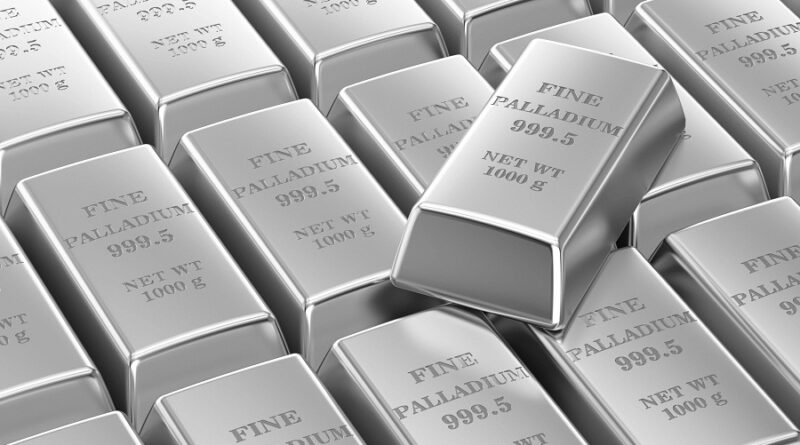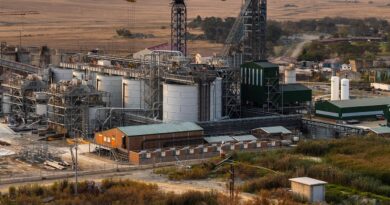2021 platinum market is expected to move back into surplus
PGM supply and demand fell in 2020, reflecting Covid-related impacts on the automotive, industrial and jewellery sectors, and disruption to both primary and secondary supplies. Combined autocatalyst demand for platinum, palladium and rhodium fell by 13%, as the first pandemic wave triggered temporary shutdowns at car plants, and consumers deferred new vehicle purchases.
Weak consumer spending also hit platinum jewellery fabrication, but industrial PGM demand was more resilient, with heavy buying from industrial customers in China, where new plant construction by petrochemical and glass companies proceeded on schedule.
World primary PGM supplies shrank by around 16%, due to outages at Anglo American Platinum’s converter plant in addition to pandemic-related disruption, while secondary supplies fell by 12% on lower vehicle scrappage rates.
Net platinum investment exceeded 1 million oz, but investors continued to liquidate palladium and rhodium ETFs. Palladium and rhodium prices reached all-time highs in 2020, as market liquidity was drained by successive deficits.
Weak platinum prices helped stimulate exceptional demand for platinum bars and ETFs, but palladium and rhodium investors took profits as both metals recorded all-time highs. Overall, changes in supply and demand were of a similar magnitude, leaving all three metals in continued deficit.
PLATINUM: OUTLOOK FOR 2021
- With investment demand forecast to drop sharply, the platinum market is expected to move back into surplus.
- South African supplies will be augmented by refining of a backlog of pgm from 2020 processing outages.
- Growth in autocatalyst recoveries will be constrained by a shortage of processing capacity for diesel particulate filter scrap.
- Autocatalyst demand will be boosted by stricter emissions limits for Chinese trucks and greater use in gasoline catalysts.
- Chinese capacity additions will again support industrial demand, with sales to glassmakers at record levels.
- Jewellery fabrication will rise modestly, as higher platinum prices hinder recovery in the Chinese jewellery market.
PALLADIUM: OUTLOOK FOR 2021
- Palladium demand will rise strongly, with a post-Covid rebound in vehicle production, and record use in the chemicals sector.
- Palladium use in gasoline catalysts will see double-digit growth, despite some substitution by platinum.
- Industrial demand will rise by 8%, with exceptionally strong investment by Chinese hydrogen peroxide producers.
- Strong growth in South African supplies will be partly offset by lower Russian output, following flooding at two Norilsk Nickel mines.
- Overall, palladium demand will rise faster than supply, and the market deficit will widen to over 800,000 oz.
RHODIUM: OUTLOOK FOR 2021
- Rising vehicle volumes and tightening emissions legislation will lift auto demand by 11% in 2021.
- Industrial demand will recover strongly, after falling to 25-year lows in 2020, but will remain below normal levels.
- The glass fibre industry will continue to thrift rhodium from alloys used in glassmaking equipment.
- Combined primary and secondary supplies will rise 19%, on recovery from 2020 disruption in South Africa, and a buoyant auto scrap market.
- A supply squeeze in early 2021 pushed rhodium to all-time highs, but liquidity should improve as supply normalises.
RUTHENIUM AND IRIDIUM: 2020 SUMMARY AND OUTLOOK FOR 2021
- Industrial consumption of iridium contracted by 8% in 2020, with firm chemicals demand partly offsetting lower use in spark plugs.
- Ruthenium demand fell by 9% last year, in line with lower capacity additions in the caprolactam industry.
- In 2021, iridium will see growth in all major applications, lifting demand by 13%.
- Ruthenium demand will recover more modestly this year, with consumption in chemical catalysts below recent highs.
- With supply impacted by processing outages in South Africa, iridium soared to a record high of $6,300 in April 2021.
- Ruthenium also made strong price gains, recording a thirteen-year year high of $440.




